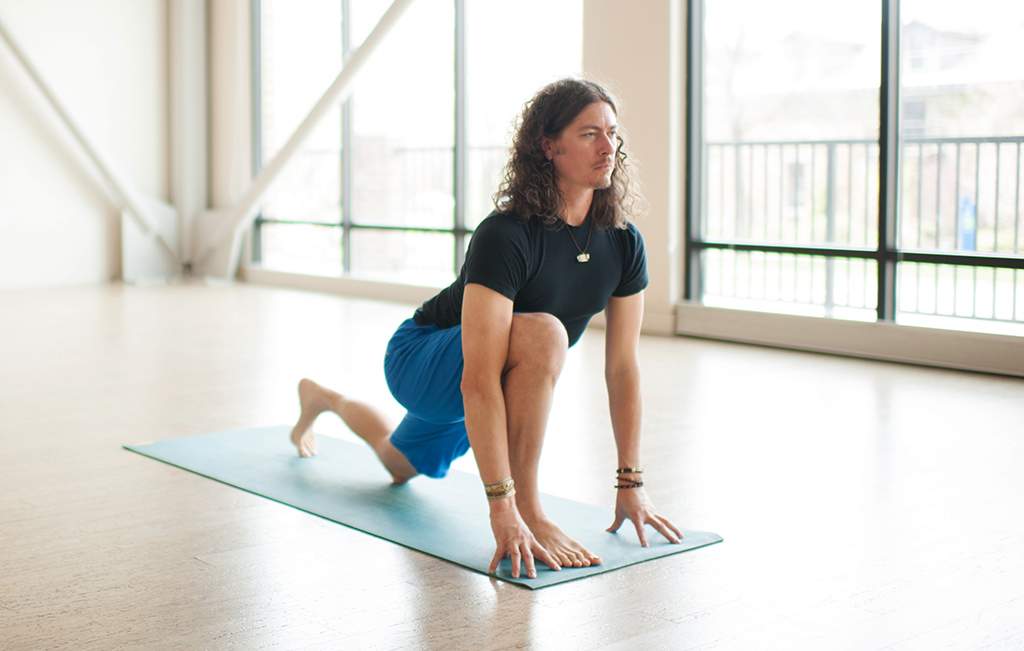 As a child, Anjaneya was a tad over-confident. Considering his origins, this is hardly unexpected. Born to Anjana (a supernatural woman) and Kesari (king of the monkeys), he had magical powers and royalty in his genetic inheritance. On top of all that, he was godson to the wind god, Vayu, and was considered to be a reincarnation of Lord Shiva.
As a child, Anjaneya was a tad over-confident. Considering his origins, this is hardly unexpected. Born to Anjana (a supernatural woman) and Kesari (king of the monkeys), he had magical powers and royalty in his genetic inheritance. On top of all that, he was godson to the wind god, Vayu, and was considered to be a reincarnation of Lord Shiva.
So when he gazed upward one day and mistook the sun for a glowing piece of fruit, he naturally decided to make a giant leap for it, hoping to snatch it out of the sky. This he did repeatedly, unharmed by the sun’s scorching rays that would have dissolved mere mortals. When Suryadeva, the sun god, enlisted Indra, god among gods, to strike Anjaneya down, a power struggle of otherworldly proportions ensued, causing Vayu to leave in a huff, jeopardizing all life forms on Earth.
But unlike many of us mortals, even gods are willing to compromise sometimes. Indra agreed to make Anjaneya immortal if only Vayu would return to his post. Anjaneya was renamed Hanuman, the monkey god. Meanwhile, Anjaneya boasts his own pose. Anjaneyasana (Lunge Pose), a pose that expresses the human desire to leap up and capture that glowing fruit high in the sky.
Anjaneyasana combines grounding and expansion. Its skyward reach comes from its earthbound stability. It lengthens the quadriceps and psoas muscles, extends the low back and expands the chest and abdomen. It energizes as it stabilizes balance.
Part 1: How to Practice Anjaneyasana
I like to approach Anjaneyasana from Adho Mukha Svanasana (Downward Facing Dog Pose).
- Begin on your hands and knees on a yoga mat. Press your hands into the floor and lift your torso upward until your arms and legs are straight, your body forming an inverted “V” shape. Let your knees bend a bit so that you can focus on lengthening your torso without your hamstrings getting in the way. Take a few full breaths here.
- As you bend your knees, let your weight settle into your feet, as if you’re preparing to jump forward. Spring your right leg forward so that it lands between your hands. If your leg is not feeling especially springy, you may take however many steps you need in order to place your foot even with your hands.
- Allow your left knee to come to the floor. Make sure your right foot is evenly planted on the floor—heel to toe and inside to outside—and your heel is directly below your knee. Press the right foot and left knee into the floor, then stretch the right knee forward and the left knee back so that the distance between them lengthens. If your left knee feels as if it’s grinding into the floor, you may place a blanket under it for padding.
- Photos of yogis with their front thighs inches from the ground abound on Instagram. Chances are these yogis are compromising their hip joints in the process of getting maximum extension. Take care not to allow your left hip joint to hang toward the floor. This can irritate the hip flexor tendons and ligaments and could conceivably cause damage to your cartilage and labrum. Instead, draw the very top of your thigh slightly back toward your back thighs to keep your hip joint in a neutral position.
- With your fingertips on the floor (or on yoga blocks if your arms are shorter than the length of your lower legs), take a few deep breaths, imagining the breath moving all the way down into the left thigh muscles. Lift your heart and allow your gaze to look straight ahead. Avoid throwing your head back.
- Stay here for 5 to 10 deep breaths and either return to Adho Mukha Svanasana or move to Part 2.
How to Practice Anjaneyasana, Part 2: Reach for the Sun
- Again grounding the right foot and left knee, lift the torso to upright, and place your hands on your right thigh. Take a few deep breaths.
- If you like, you can now extend your arms up vertically, and if your back is willing, tilt your torso back slightly so that your chest is looking skyward. Ground your legs as you reach upward.
- Take a few full breaths before returning your hands to the floor, returning to Downward Facing Dog Pose and repeating on your other side.
It is helpful to remember that the power to spring skyward originates in a downward, rooting motion through your legs and feet. (Try jumping with straight legs, without first bending your knees and letting your weight sink into the ground.) Grounding the legs also balances the heating and cooling qualities of the pose, protecting us from agitation and overheating as we reach for the sun.
In Anjaneyasana, the grounding of the front foot and back knee stabilizes our balance, and allows for the full flowering of the upper body. It allows us mortal yoga practitioners to soak up Suryadeva’s luminous glow from the sustaining foundation of our own Mother Earth.
Updated article from May 9, 2012.

I love reaching for the sun, like the cat god next to you in the picture, and NOT like those ungodly uncompromising members of congress! Thanks for enriching my understanding of this soaring asana.